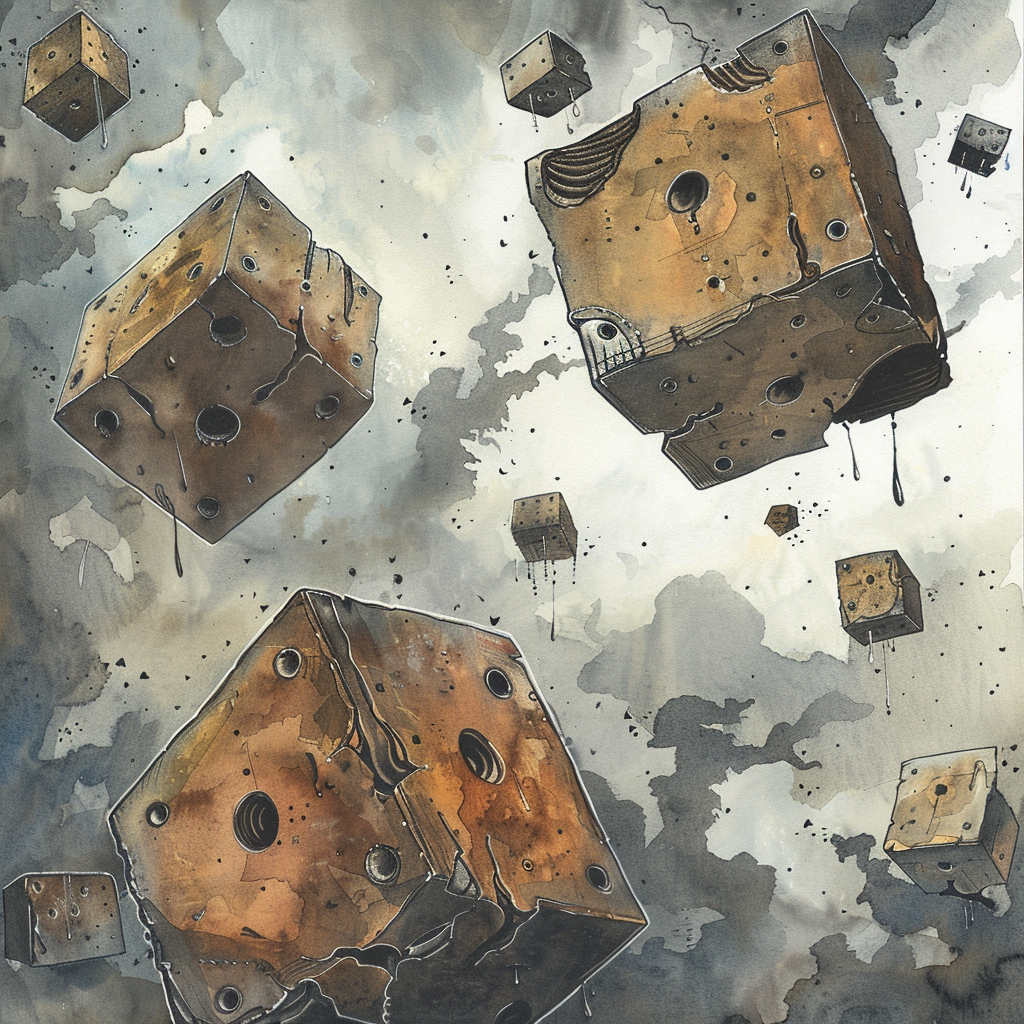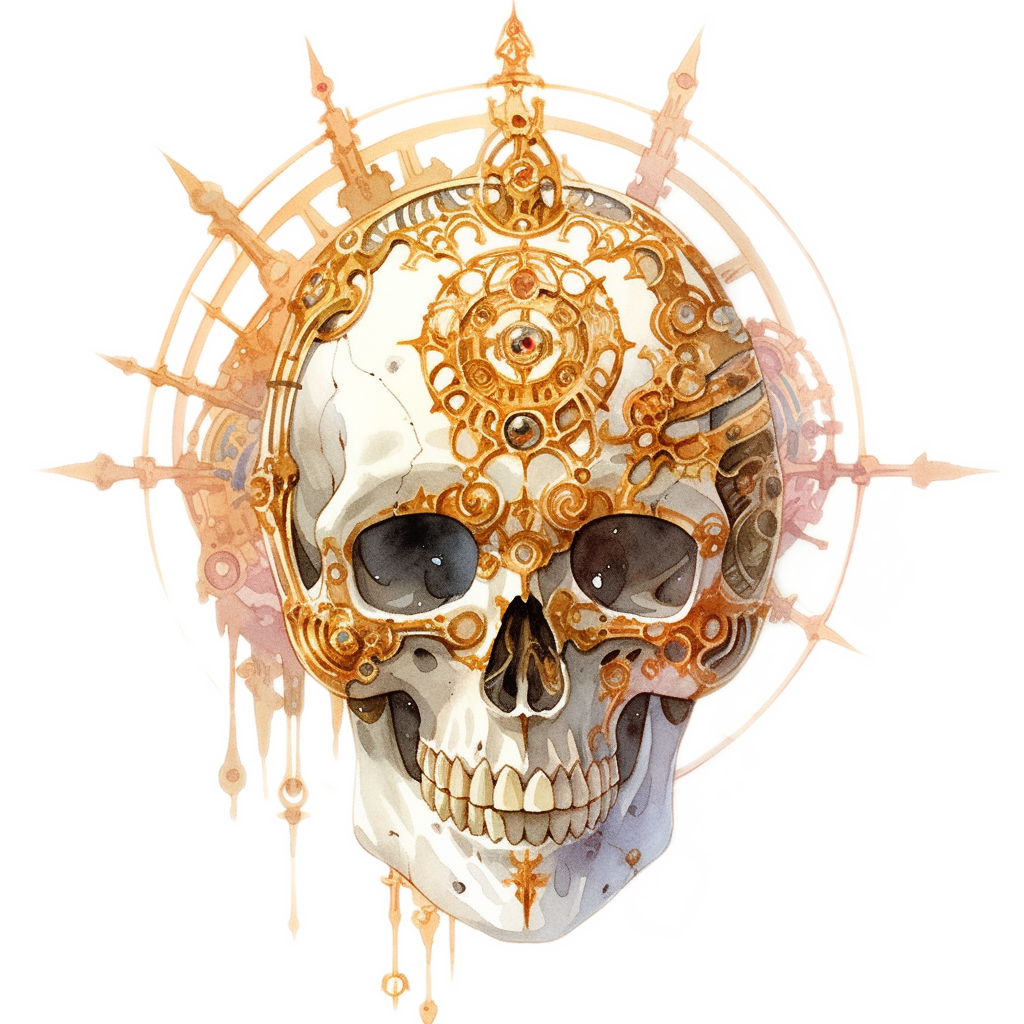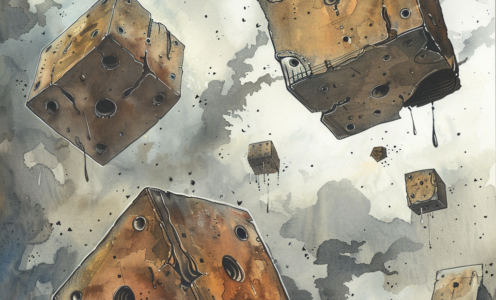[ Acheron ] [ Avalas | Thuldanin | Tintibulus | Ocanthus ]
Acheron
The Infernal Battlefield of Acheron, the Battle-Born Plane
Only the dead have seen the end of war
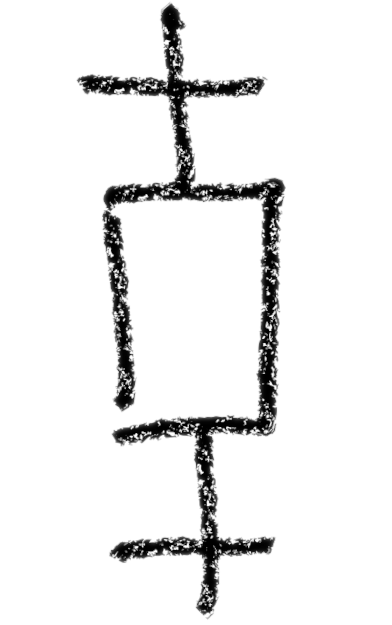
Acheron, the iron-shod realm where order reigns supreme and conformity is king. It’s not exactly the friendliest place for a wandering soul or a planewalker, let me tell you. Imagine vast blocks of dark, smooth metal drifting through the void of space, each one the size of cities or even kingdoms. And when these behemoths collide, let’s just say it’s not a pleasant sight, or sound—a fearsome clang and crushing oblivion for anything unfortunate enough to be caught between them.
Now, the Mercykillers might spin you a tale about how the cutters of Acheron ain’t all that evil, just overly fixated on their precious order. But truth be told, there’s a darkness lurking beneath that rigid conformity—a darkness of crushed spirits and broken hopes, born from the relentless pursuit of blind obedience.
On Acheron, war isn’t just a clash of swords and shields – it’s a carefully orchestrated dance of strategy and tactics, where every move is calculated and every action has a purpose. Squadrons facing off against squadrons, regiments locking horns with regiments, and entire armies vying for dominance on the battlefield. It’s not about individuals proving their worth in combat, like in Ysgard; here, it’s all about the collective goal, where each soldier is but a piece on a massive game board, moving to achieve victory for their side.
We are going to have peace even if we have to fight for it.
—Mercykiller saying
But here’s the kicker—balance is everything on Acheron. No force seems able to overwhelm its opponent through sheer numbers or brute force. Every birth on one side is be balanced by a birth on the other, and every new ally must be matched by an ally for the opposing force. It’s like a cosmic game of tug-of-war, where the scales must remain in perfect equilibrium, or else chaos reigns.
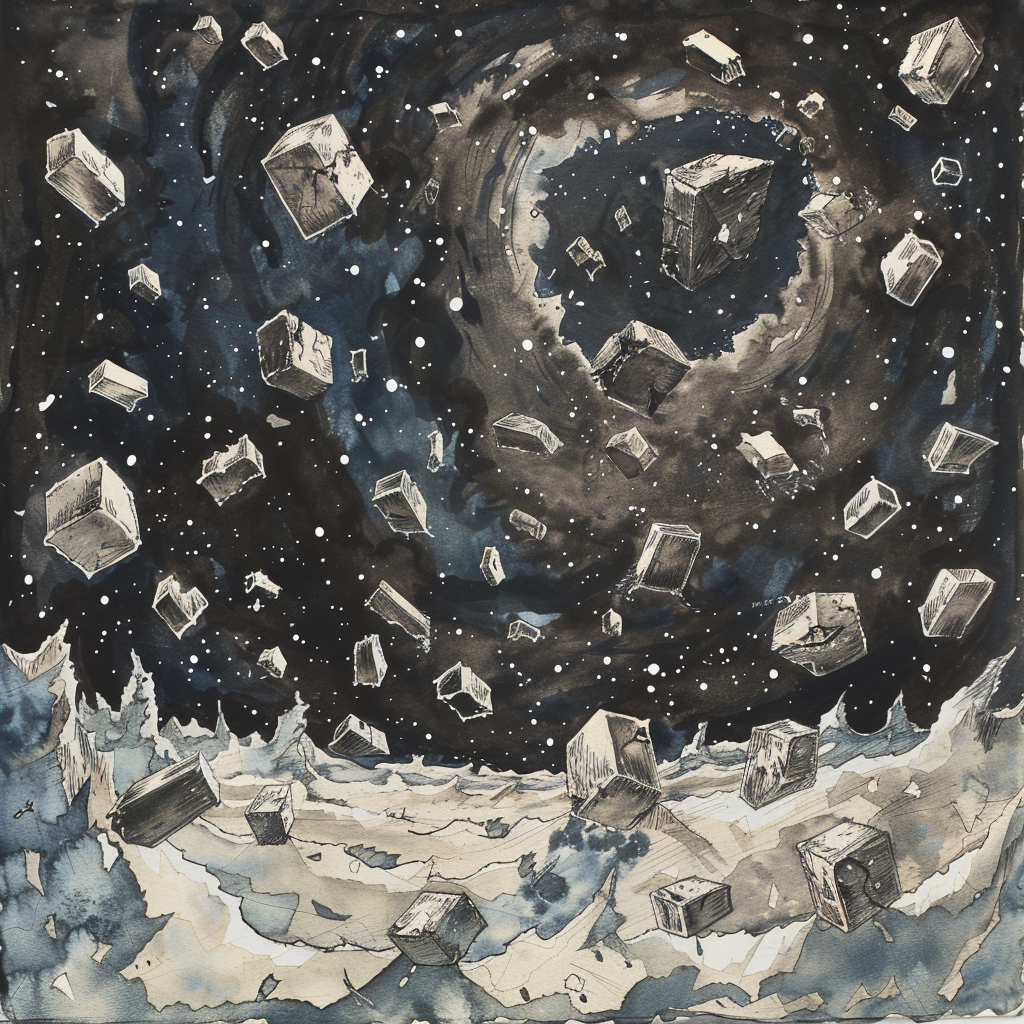
And let me tell you, the landscape of Acheron reflects this balance in every way. Massive blocks of geometric simplicity drift through the air, colliding and parting with a violence that’s both awe-inspiring and terrifying. Mathematicians study the motions of these blocks like astronomers studying the stars, trying to discern the patterns that govern their movements.
But amidst this chaos, there’s a kind of order that’s almost beautiful in its complexity. Gravity pulls towards the centre of the blocks, yet somehow, it seems normal on each surface, creating a surreal environment where up and down lose their meaning.
Acheron’s got four layers, or ‘Strifes’, each one more grim than the last. Avalas, the plane of battles, where warriors lose themselves in the joy of combat until there’s nothing left but the need to obey. Thuldanin, a planar scrapyard where forgotten relics of war litter the landscape like bones in a graveyard. Tintibulus, a place of perfect geometry and law so absolute that even blood planewalkers struggle to survive here. And then there’s Ocanthus, where razor-sharp blades of despair slice through everything they touch, leaving nothing but devastation in their wake.
But the real horror of Acheron ain’t just in its landscape—it’s in the very essence of the place. War here ain’t about glory or honour, it’s about grim survival at any cost. Armies muster not to conquer, but to bolster their ranks with the souls of the fallen. And with every clash of steel, the plane itself echoes with the sound of pointless, endless conflict.

Avalas — Layer the First
The first layer of Acheron is also called the Battleplains, for it contains the most cubes – and enough armies and fortresses to populate (and depopulate) them. The clash of distant cubes is indistinguishable from the closer clashes from nearby battlefields. The cubes vary from city-sized to continent-sized. The smallest cubes are usually the oldest, having been reduced to their present size by eons of collisions.
Avalas is filled with cubes where armies muster, drill, and wage war upon each other. The space echoes with the metallic clang of marching men, as vast legions hurl themselves at each other. The armies fight not to conquer territory, as some believe, but to force all others to conform. The ground is covered with the wreckage of war, scattered between iron citadels that dot the plains.
Find more chant on Avalas here…
Thuldanin — Layer the Second
On the surface, the second layer of Acheron appears much like the first. However, Thuldanin’s population is far smaller. The cubes of this layer are riddled with pockets and hollows. Surface pits lead down into labyrinthine spaces cluttered with the refuse of every war that was ever fought.
Broken scraps of a plethora of devices are everywhere. Great ships that have burst asunder, toppled siege towers, enormous weapons, steam-driven carriages, flying devices of every description, and contraptions with even more obscure sources of power and purpose can be found within these cubes. Most of the refuse is inoperative, petrified to stone-like immobility by the “preservative” quality of the layer.
Scavenging for intact weapons is an occupation for many a team of salvagers and opportunists, because many quality weapons and engines of war are scattered through the rubble on Thuldanin. Persistent searchers can uncover items of fantastic power and intriguing mechanisms, which they can use or at least copy. But wise salvagers don’t spend too long on Thuldanin, because creatures can be petrified the same as objects.
Find more chant on Thuldanin here…
Tintibulus — Layer the Third
Unlike the other layers of Acheron, four-sided, five-sided, eight-sided, nine-sided, twelve-sided, and other odd-sided solids outnumber six-sided cubes on TintibuIus. The solids are made of gray volcanic stone, each coated with a layer of ashen dust to a depth of several inches (and in some places several feet or more). When collisions occur, the geometric solid fractures along its natural fault lines, splitting into two smaller solids. The constant collisions create a ringing, bell-like roar throughout the layer at all times. Few creatures live here, petitioners or otherwise.
Find more chant on Tintibulus here…
Ocanthus — Layer the Fourth
The fourth layer of Acheron is lightless but filled with fast-flying, razor-thin shards. Some shards are little more than needles, while others are miles wide. The largest shards have their own objective gravity, like the cubes of the upper layers, as well as a breathable, if icy cold atmosphere. The constant blizzard of blade-like shards makes Ocanthus inimical to creatures and objects alike.
The shards are black ice, frozen into thin layers. Their collisions break them into progressively smaller shards, and eventually into needles and then dust. The shards all originate from a single source: the night-black boundary of Ocanthus, a sheet of infinite, magically charged black ice.
No one knows whether the ice sheet is a boundary or a barrier between Ocanthus and some deeper, more sinister layer. Some say that the ice is the source or destination of the River Styx, and that every memory stolen by the river still exists, frozen into the black ice. Whatever the truth, the ice sheet has gravity, and it is possible that it is simply a shard of black ice so large that it is mistaken for Ocanthus’ boundary.
Find more chant on Ocanthus here…
More details to follow!
Source: Jon Winter-Holt, mimir.net
Canonical References: See also the excellent Planes of Law boxed set for more details on Acheron.
